In Japan, visual art is never limited to purely aesthetic beauty: every line, every pattern, every curve has meaning. Whether on fabric, a painting, dishware, or even a tattoo, traditional Japanese patterns convey an ancient symbolism, sometimes spiritual, often related to nature and the passage of time. Understanding these symbols is to enter a deeper reading of Japanese culture, where decoration becomes a language.
An aesthetic linked to nature, time, and harmony
The Japanese visual universe is deeply marked by the intimate relationship between humans and their environment. Indeed, the Japanese do not decorate just for beauty, but truly to express something about the world, the season, or the state of mind. Nature, omnipresent, thus becomes a mirror of the soul.
The waves (seigaiha)
This ancient pattern, composed of overlapping semi-circular waves, is one of the most emblematic of traditional Japan: it evokes the calm sea, but also continuity, peace, and travel. Its use has extended to all kinds of objects: washi papers, tablecloths, bento boxes, clothing… The seigaiha is a symbol of gentle protection, reminding us that life is movement, but everything always returns to a state of balance.
The pine, the bamboo, and the plum tree (shōchikubai)
This very common plant trio in decorative arts represents fundamental virtues in Japanese culture. The pine embodies stability as it remains green even in winter, the bamboo, flexible and strong, symbolizes adaptability, and the plum tree, which blooms before the end of the cold, evokes perseverance and renewal. Together, they appear in floral compositions, prints, lacquer objects, and textiles, and they are also associated with wishes for good fortune.
Creatures laden with myths and protective wishes
Animals in Japanese motifs are not chosen at random; they often carry blessings, divine protection, or benevolent power. These figures, inspired by legends or nature, speak of hope, prosperity, and longevity.
The crane (tsuru)
The crane, the epitome of grace, is revered for its exceptional longevity; it is said that it lives a thousand years. It is also a symbol of fidelity, as it stays with the same partner for life, which is why it frequently appears on wedding kimonos or ceremonial decorations. It also embodies peace and elegance; in origami, a thousand folded cranes are offered as a sign of encouragement or wishes for healing.
The dragon (ryū)
Unlike the Western image of the destructive dragon, the Japanese dragon is a beneficial creature; it controls the rain, watches over rice fields, and embodies ancestral wisdom. Its long, serpentine body evokes the fluidity of water and invisible forces; it is found on samurai banners, ancient screens, or objects related to inner strength, and it is also very present in traditional tattoos.
The phoenix (hō-ō)
The hō-ō, or Japanese phoenix, embodies rebirth, universal harmony, and peace; it appears in prosperous times and disappears during periods of conflict. In imperial iconography, it is often associated with the empress, its bright colors, long feathers, and majestic bearing make it a highly sought-after motif in luxury textile art, especially in ceremonial kimonos.
Flowers: cycle of life, seasons, and poetry of the moment
More than just an ornament, each flower in Japanese art is a message; it speaks of a season, a state of mind, or a stage of life. In kimonos, prints, or tableware, these floral patterns are carefully chosen according to the occasion or the time of year.
The chrysanthemum (kiku)
Imperial flower, the chrysanthemum has long been a symbol of power and elegance, and it is indeed the emblem of the Japanese imperial family. Its multiple petals arranged in a perfect circle evoke the sun, light, and longevity; it is often found in family crests, official papers, and refined handcrafted objects.
The cherry blossom (sakura)
It is impossible to talk about floral patterns without mentioning the sakura, symbol of the ephemeral; it reminds us of the fragile beauty of life. Its bloom, very short, attracts millions of Japanese each year to parks to celebrate hanami; on fabrics, wooden objects, or prints, the cherry blossom embodies renewal, delicacy, and awareness of the present moment.
The maple (momiji)
The momiji, with its flamboyant red leaves, is the symbol of Japanese autumn; it evokes maturity, nostalgia, and beauty that deepens with time. Very present in seasonal textiles, it reminds us that the end of a cycle is not sad, but magnificent in its own way; it is also associated with temples and contemplative landscapes.
Geometric patterns: tradition, protection, and visual harmony
Beyond figurative representations, Japan excels in the art of abstract patterns; these repeated forms, often stylized, carry an ancient memory. They decorate fabrics, ceramics, prints, and sometimes serve as visual amulets.
The turtle shell (kikkō)
This hexagon-shaped pattern, inspired by the shell of a turtle, is a powerful symbol of longevity and solidity; it is often used in ancient armors, but also in ceremonial objects or wish papers. Its geometric regularity expresses natural order and stability.
The asanoha pattern
Representing stylized hemp leaves, this pattern is very common on children's clothing, as it is believed to bring rapid growth and health. Its starry and dynamic shape also makes it a highly appreciated pattern in contemporary design, as it combines tradition and visual elegance.
The sayagata pattern
Less known in the West, the sayagata is an interlaced cross-shaped pattern, derived from an ancient Buddhist symbol, representing eternity and the strength of invisible bonds. Often used in formal fabrics, it is also very present in temple decorations.
FAQ - Everything you need to know about traditional Japanese patterns
Do all Japanese patterns have a meaning?
Yes, most have a cultural, spiritual, or seasonal significance; nothing is decorated at random in traditional Japanese art.
Why do certain Japanese patterns often reappear in handcrafted objects?
Because they are linked to positive wishes: longevity, prosperity, happiness, or protection, their repeated use reinforces their symbolic power.
Can multiple Japanese patterns be mixed on the same object?
Absolutely, certain patterns combine to create more complex messages or seasonal compositions, particularly in kimonos or ceremonial objects.


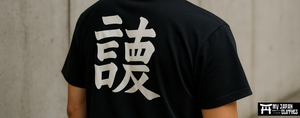


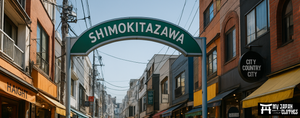



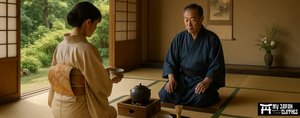
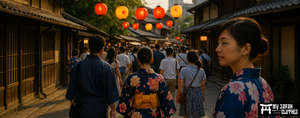
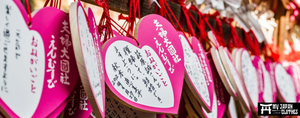
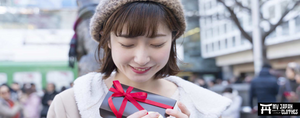
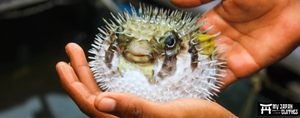
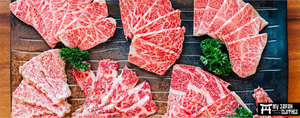
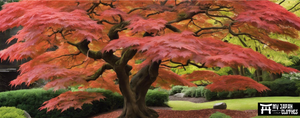
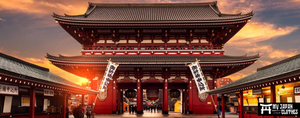
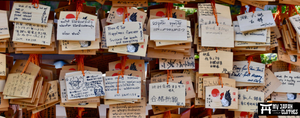
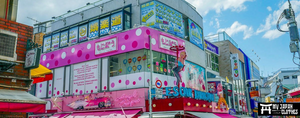
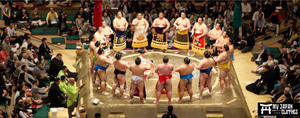


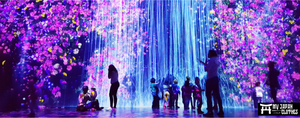







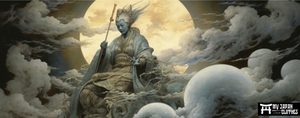
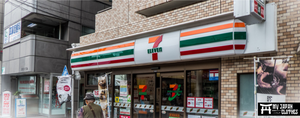
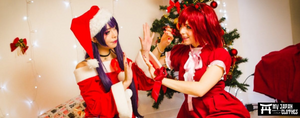

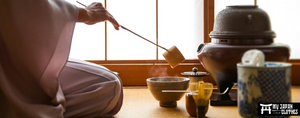
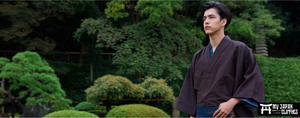
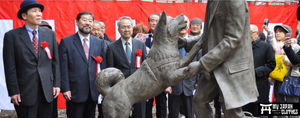
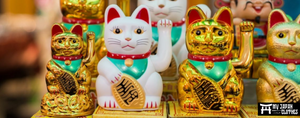
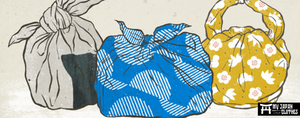
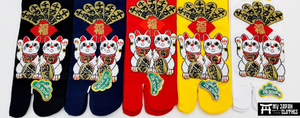
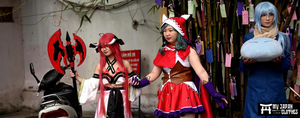











Leave a comment